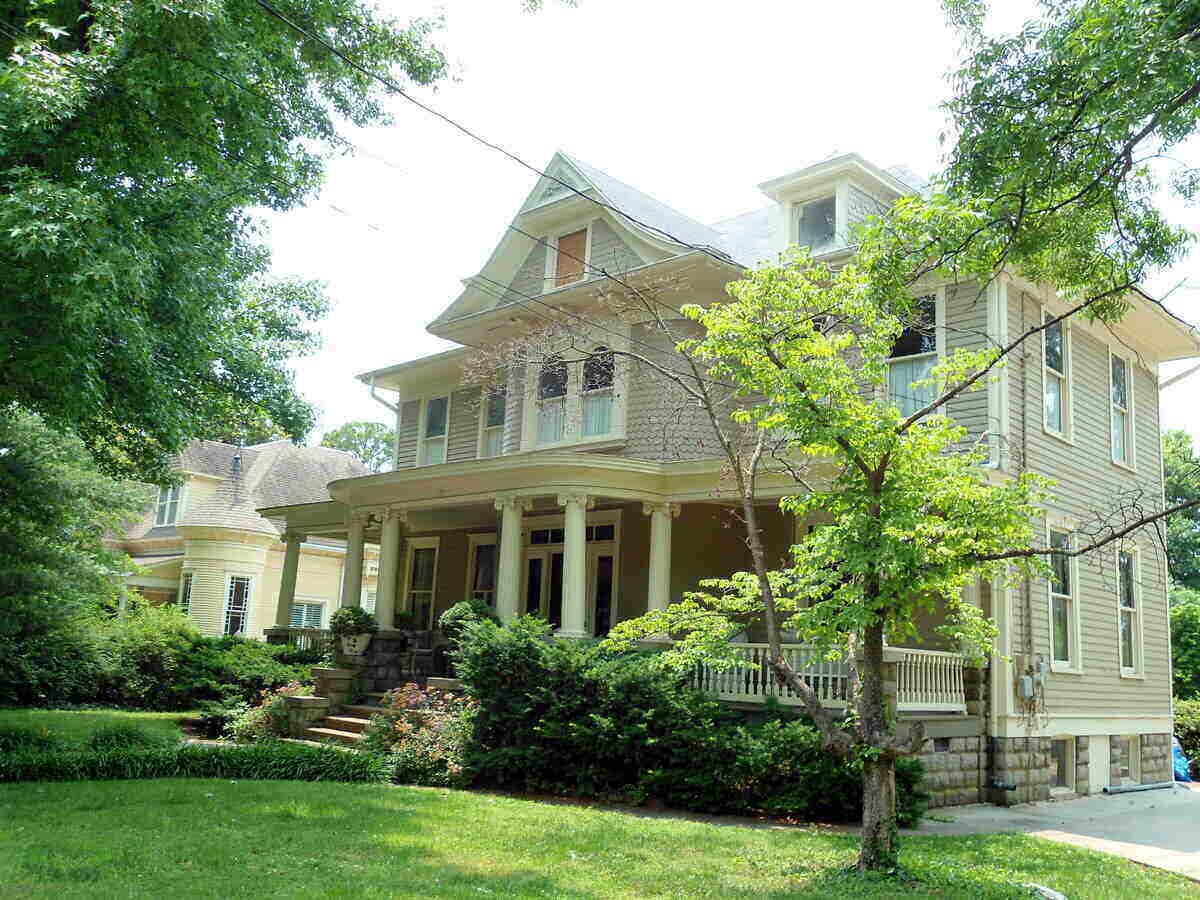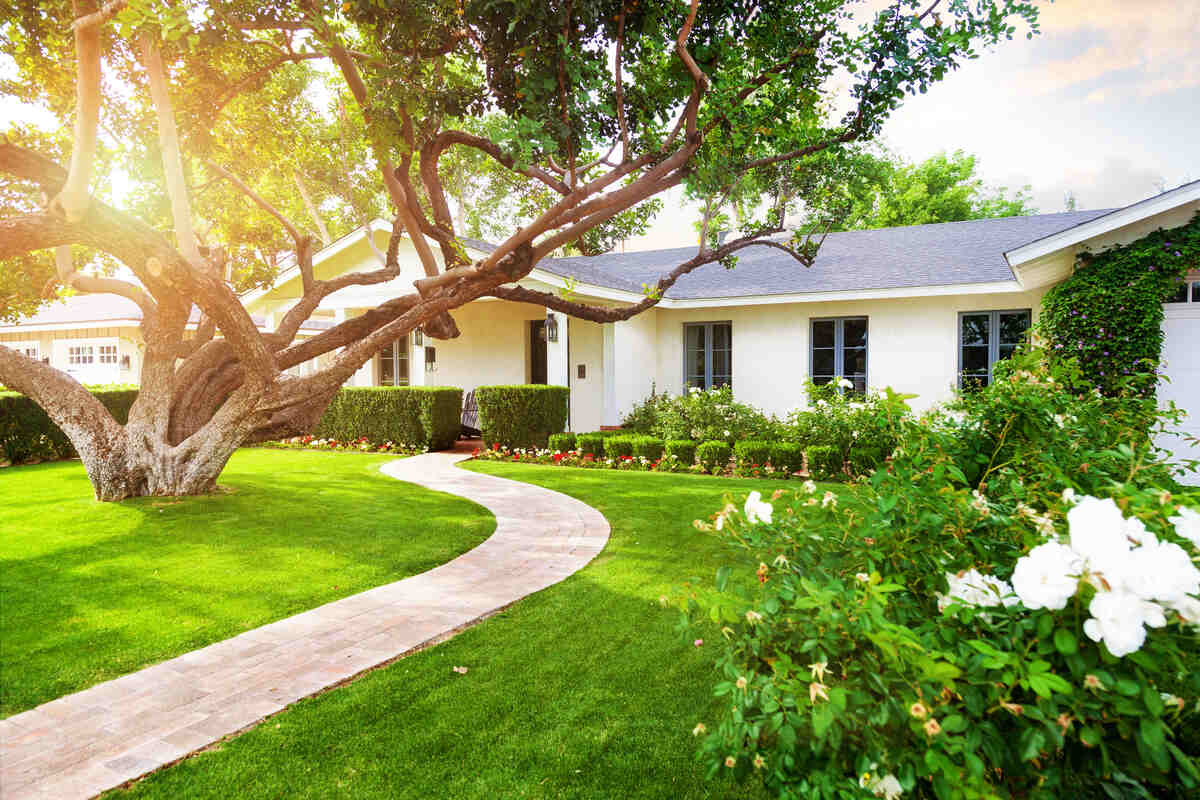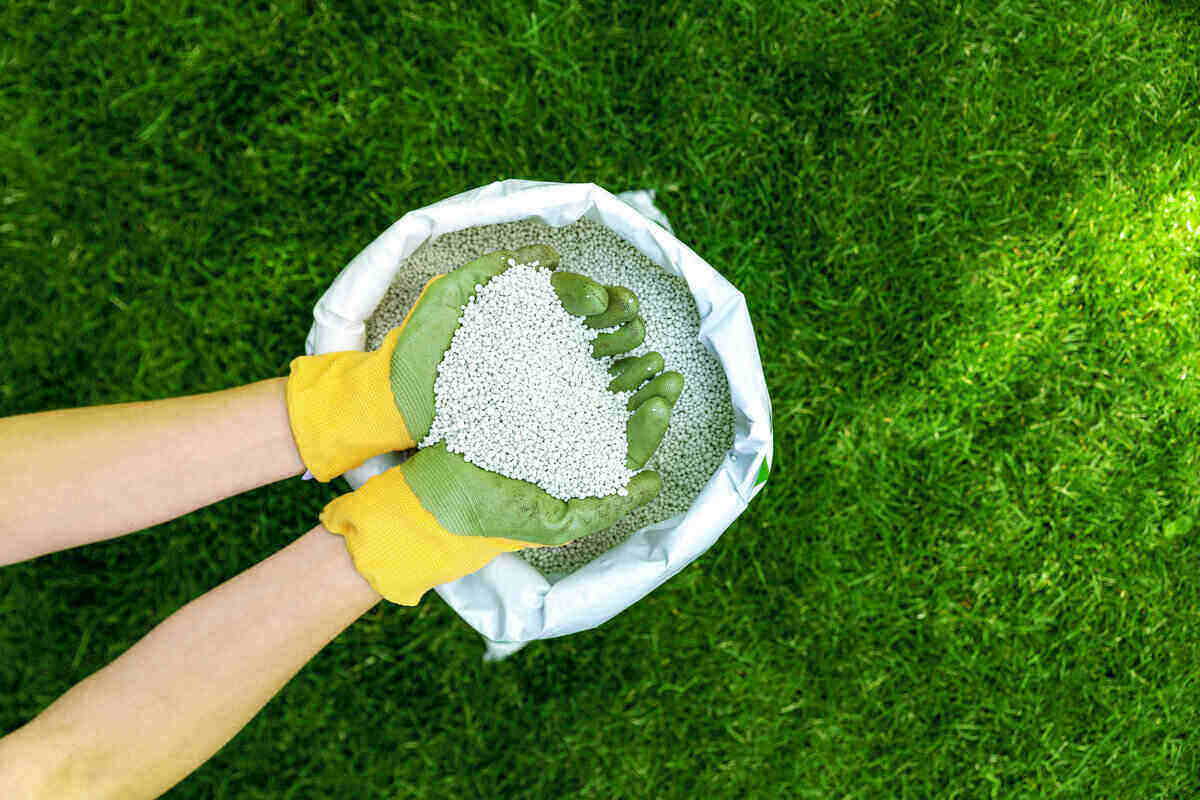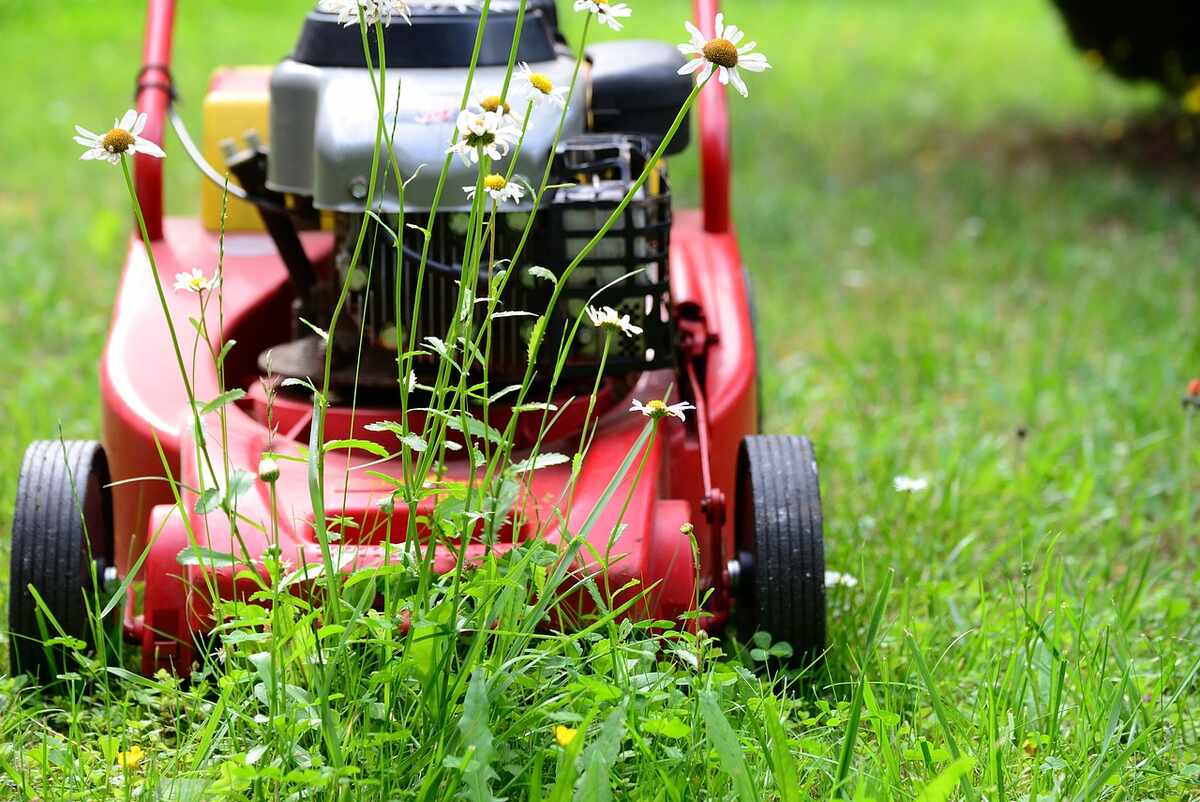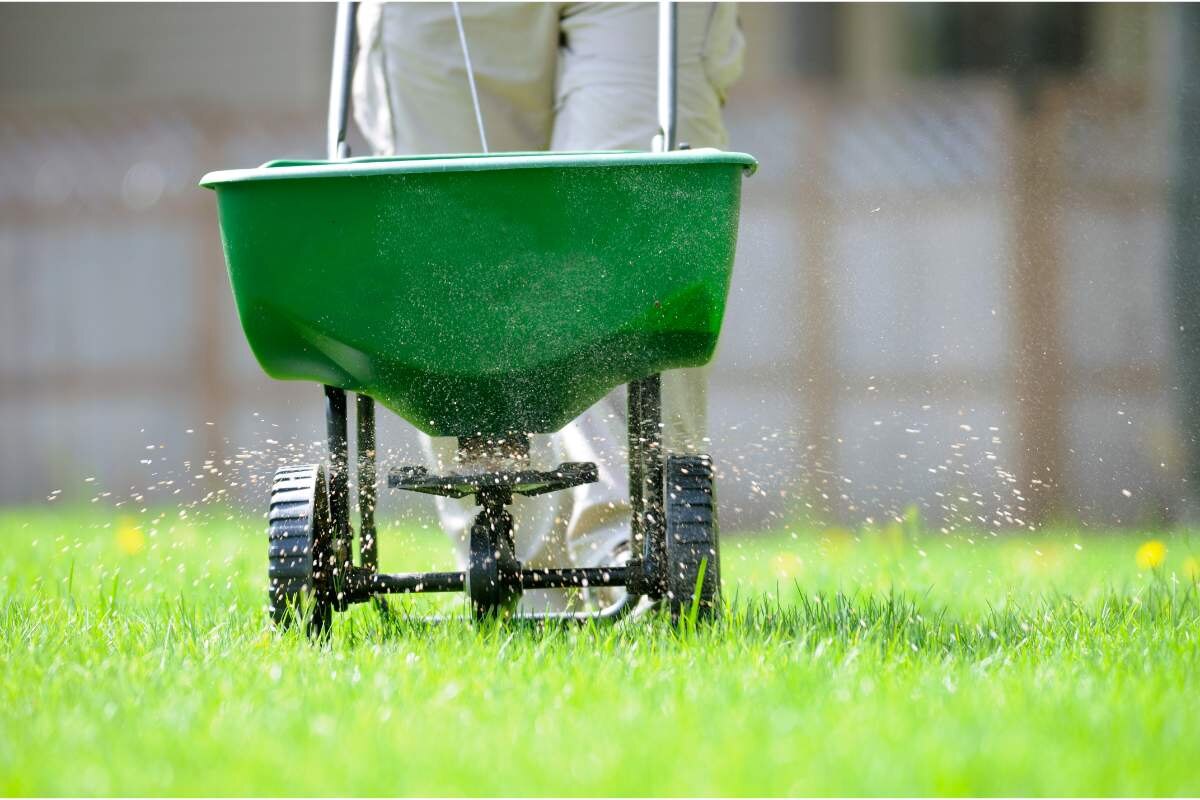
It’s no secret that your lawn needs nutrients to grow healthy, green, and beautiful. Since Arkansas is in the transition zone, fertilizing your lawn is a little less straightforward. When should homeowners fertilize their lawns in the Natural State? Here’s a guide to lawn fertilization in Arkansas, including when and how to fertilize your lawn and how to get in touch with pros who can do it for you.
Types of Fertilizer
Before fertilizing your lawn, you should know what lawn fertilizer works best for you and your grass. Picking a fertilizer for your lawn might seem daunting, but keep your turf’s needs in mind.
The two main types are liquid and granular fertilizers:
- Granular fertilizer is commonly used in homes, especially because of how affordable it is. Many granular lawn fertilizers are also slow-release fertilizers and have more even coverage. However, they’re more difficult to apply and require a fertilizer spreader.
- Liquid fertilizers, on the other hand, are easier to use and offer a faster green-up. However, they’re more likely to burn grass and don’t last as long.
Fertilizers can also be organic. Organic fertilizers are more expensive than their synthetic counterparts but are typically safer for pets and the environment. You can even make your own organic fertilizer from food scraps and grass clippings.
There are also specialty lawn fertilizers, like starter fertilizers and weed-and-feed products, but the average lawn doesn’t need them.
Don’t want to go through the hassle of combing through fertilizers to find a good one for your lawn? Check out LawnStarter’s lists of the best lawn fertilizers of the year, the best Bermudagrass fertilizers, and the best fertilizers for St. Augustinegrass.
When to Fertilize Your Arkansas Lawn
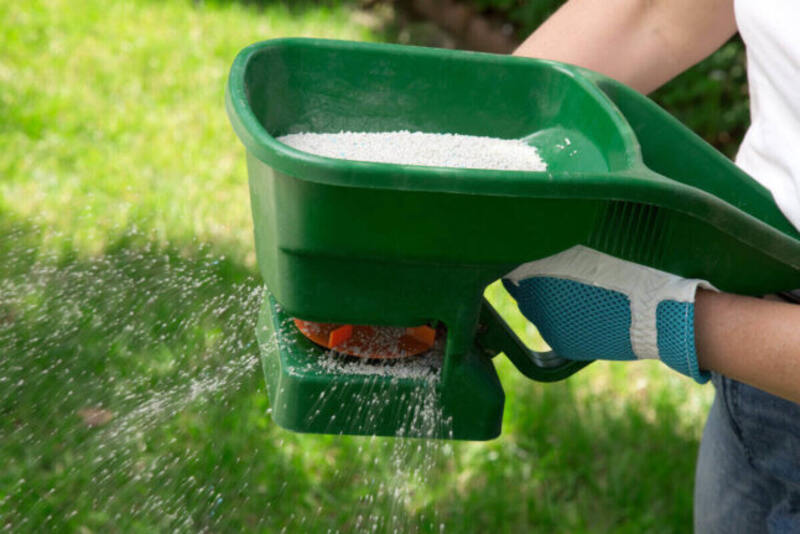
The best time for lawn fertilization in the Natural State changes based on the type of Arkansas grass growing on your lawn. Because Arkansas is in the transition zone, both warm-season and cool-season grasses can be grown here. You want to fertilize when your grass is actively growing – so don’t fertilize in the winter, regardless of grass type.
If your lawn has Bermudagrass, Zoysiagrass, centipedegrass, or St. Augustinegrass, you’re growing a warm-season lawn. In Arkansas, you want to fertilize warm-season grasses in the summer months, from June to August.
If you have tall fescue or Kentucky bluegrass, you have a cool-season lawn. In Arkansas, cool-season grasses should be fertilized in autumn and then again in spring. Aim for September to November and then again in April; you don’t want to fertilize in early spring before the threat of frost is gone.
How to Fertilize Your Arkansas Lawn
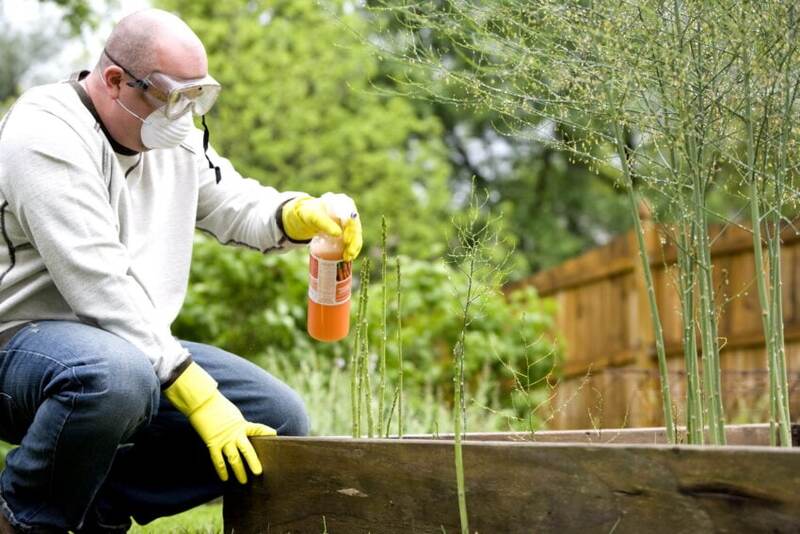
Fertilizing your lawn improperly can prove disastrous; it can invite diseases like brown patch in tall fescue that’s fertilized in the summer. Improper fertilization can even kill your turf. Here’s a quick rundown on how to fertilize your lawn in Arkansas:
- Check the weather before fertilizing. Postpone fertilization if it has rained or if it will rain soon.
- If using granular fertilizer, fill your fertilizer spreader over your driveway or any other surface that isn’t turf. If using liquid fertilizer, fill your sprayer.
- Apply fertilizer evenly throughout your lawn.
- Water it in immediately if using a granular fertilizer or after a few hours if using liquid fertilizer.
- Clean up and sweep any fertilizer back into your lawn to prevent runoff.
Professional Lawn Fertilization and Weed Control Services for Arkansas
Because fertilizer and herbicides are both treatments to be applied on your lawn, many lawn care companies in Arkansas bundle fertilization and weed control services together. By raising your defenses and going on the offensive at the same time, you reduce the chance of weeds taking hold of your lawn while improving the health of the grass itself.
The cost of professional lawn fertilization depends on your lawn’s size and the type of fertilizer used. On average, it costs around $380 to fertilize a typical lawn, but the cost can range between $88 and $544. You can expect it to cost more if you live in an urban area like Little Rock.
No matter where you live in Arkansas, LawnStarter is there to connect you with local lawn care pros and get you set up with a regular lawn treatment schedule.
FAQ About Lawn Fertilization in Arkansas
It depends on what you want for your lawn. Quick-release nitrogen fertilizers don’t last long, but your lawn can use the nutrients immediately. Slow-release fertilizer is the opposite. The University of Arkansas System’s Division of Agriculture suggests using a mix of both so that your lawn has immediate access to nutrients while also having some that will break down for later use.
Don’t fertilize the lawn during a drought! In drought conditions, your grass won’t be able to use the fertilizer effectively, especially if it’s gone dormant. You can end up harming your turf; worse, you might kill it.
It depends on the grass type you have. Bermudagrass and St. Augustinegrass need more fertilizer than Zoysiagrass and centipedegrass. In fact, overfertilizing centipedegrass lawns leads to worse thatch problems and even lawn death.
If you’re not grasscycling, you’ll need to apply more fertilizer to make up for the missing nitrogen that grass clippings could’ve given your lawn.
You should avoid mowing your lawn after fertilizing it, at least for a few days. Otherwise, you might move or even remove fertilizer from your lawn before it’s been absorbed by the soil. If you want to mow and fertilize your lawn on the same day, mow before fertilizing.
If your soil is compacted, you definitely want to aerate your lawn before fertilizing it. Aeration will loosen up the soil so your fertilizer can actually reach your turf’s root system. Learn more about lawn aeration in Arkansas from our guide, which includes DIY and professional service options.
Starter fertilizer is a great option for those overseeding existing lawns or seeding new lawns from scratch. It also works well with newly-installed sod. However, there are some reasons not to fertilize and overseed at the same time.
While you can, it’s not recommended. In the long run, your lawn does better when fertilizers and herbicides are applied separately because fertilization times and herbicide application times can be months apart, especially if the product contains pre-emergent weed control.
Additionally, weed and feed products typically only target broadleaf weeds. They can’t do anything against grassy weeds like crabgrass.
Fertilize for a Greener Arkansas Lawn
Fertilization is a crucial part of keeping a green and healthy lawn. However, not everyone has a green thumb or the time to invest in their yards.
Make lawn maintenance easy by hiring a professional lawn care service through LawnStarter. Aside from lawn mowing and irrigation, pros can also apply fertilizer and herbicides to your lawn. Get a free quote from a pro near you today – whether you live in Little Rock, Fayetteville, Bentonville, or anywhere else in the Natural State.
Main Image Credit: groveb / Canva Pro / License
